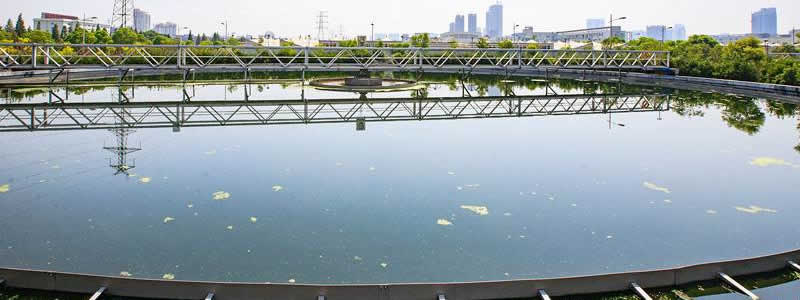
Quaternium clarifying agents
Cationic organic monomer DADMAC and polyDADMAC polymer,Quaternium monomer and polymers, clarifying agents
Clarifying agents are used to remove suspended solids from liquids by inducing flocculation (the solids begin to aggregate forming flakes, which either precipitate to the bottom or float to the surface of the liquid, and then they can be removed or collected).
Process
Particles finer than 0.1 µm (10−7m) in water remain continuously in motion due to electrostatic charge (often negative) which causes them to repel each other. Once their electrostatic charge is neutralized by the use of a coagulant chemical, the finer particles start to collide and agglomerate (collect together) under the influence of Van der Waals forces. These larger and heavier particles are called flocs.
Flocculants, or flocculating agents (also known as flocking agents), are chemicals that promote flocculation by causing colloids and other suspended particles in liquids to aggregate, forming a floc. Flocculants are used in water treatment processes to improve the sedimentation or filterability of small particles. For example, a flocculant may be used in swimming pool or drinking water filtration to aid removal of microscopic particles which would otherwise cause the water to be turbid (cloudy) and which would be difficult or impossible to remove by filtration alone.
Many flocculants are multivalent cations such as aluminium, iron, calcium or magnesium.These positively charged molecules interact with negatively charged particles and molecules to reduce the barriers to aggregation. In addition, many of these chemicals, under appropriate pH and other conditions such as temperature and salinity, react with water to form insoluble hydroxides which, upon precipitating, link together to form long chains or meshes, physically trapping small particles into the larger floc.
Long-chain polymer flocculants, such as modified polyacrylamides, are manufactured and sold by the flocculant producing business. These can be supplied in dry or liquid form for use in the flocculation process. The most common liquid polyacrylamide is supplied as an emulsion with 10-40% actives and the rest is a non-aqueous carrier fluid, surfactants and latex. This form allows easy handling of viscous polymers at high concentrations. These emulsion polymers require "activation" - inversion of the emulsion so that the polymers molecules form an aqueous solution.
Agents
alum
aluminium chlorohydrate
aluminium sulphate
calcium oxide
calcium hydroxide
iron(II) sulphate (ferrous sulphate)
iron(III) chloride (ferric chloride)
polyacrylamide
polyDADMAC
sodium aluminate
sodium silicate
The following natural products are used as flocculants:
Chitosan
Isinglass
Moringa oleifera seeds (Horseradish Tree)
Gelatin
Strychnos potatorum seeds (Nirmali nut tree)
Guar gum
Alginates (brown seaweed extracts)
For more information or Inquiry about Clarifying agents, please contact us :
TIAN@CHEM.NET
 Previous
Previous  Next
Next Get answers and advice from people you want it from.